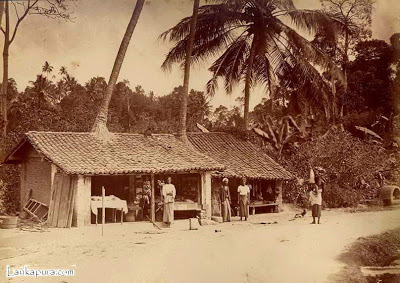Origin of Rural Sociology

Rural Sociology is comparatively a new branch of sociology. It was first originated in the United States of America. It has taken more than half a century to become established as a distinct academic field or professional study. The main contributors to the development of rural sociology are-Charles Sanderson, Burtherfield, Ernast Burnholme, John Morris Gillin, Franklin H. Giddings and Thomas Nixon Carver. It was President Roosevelt who, through the appointment of 'Country Life Commission' gave a good encouragement to the development to the rural sociology in 1908. The report of this Commission encouraged the studies of rural society.
In 1917 the Department of Rural Sociology was set up by the American Sociological Society. In 1919, a 'Rural Sociology Department' was established under the chairmanship of Dr. C. J. Galpin. The Great Depression of 1930 provided another stimulus to the growth of rural sociology. In 1937, 'Rural Sociological Society' was formed. It started publishing a professional journal 'Rural Sociology' containing results of rural sociological research. C. J. Galpin of University of Wisconsin developed techniques for defining and delimiting the rural community. His approach is still popular today.
The Great Second World War gave yet another fillip to the growth of rural sociology. The destruction caused by the war demanded reconstruction. The reconstruction work brought further encouragement to the science. By 1958 there were about 1000 professional rural sociologists in America. Rural sociology crossed the boundaries of America and became popular in Europe. A European Society for Rural Sociology was formed in 1957, and a similar organisation was started in Japan also. In developing countries, the role of the rural sociologists is primarily in the applied field of more effective planning and operation of rural community development programmes.
- Importance Of Rural Sociology
The practical value of the study of rural sociology is widely recognised today. As long as the villages and the rural society assume importance, the rural sociology shall continue to acquire importance. The value of rural sociology can be understood by...
- Scope Or Subject-matter Of Rural Sociology
The scope or subject-matter of rural sociology is basically the study of rural society with all its complexities. According to Lawry and Nelson, 'The subject-matter of rural sociology is the description and analysis of the progress of various groups...
- Introduction Of Rural Sociology
Rural Sociology is a specialised field of sociology. As the name indicates, it deals with the society of village or rural society. It is a systematic and scientific study of rural society. The majority of the people on the earth live in villages and...
- Emile Durkheim (1858 - 1917)
Prof. Durkheim, the French thinker, like Spencer, considered societies as such to be important units of sociological analysis. He stressed the importance of studying different types of society comparatively "Comparative Sociology is not a particular...
- Sub - Divisions Or Branches Of Sociology
Sociology is fast growing and popular discipline. Sociologists are at work to bring into its range of study almost all aspects of man's social life. Sociology has a tendency to break down into an endless list of specialties. Thus it has several specialized...
